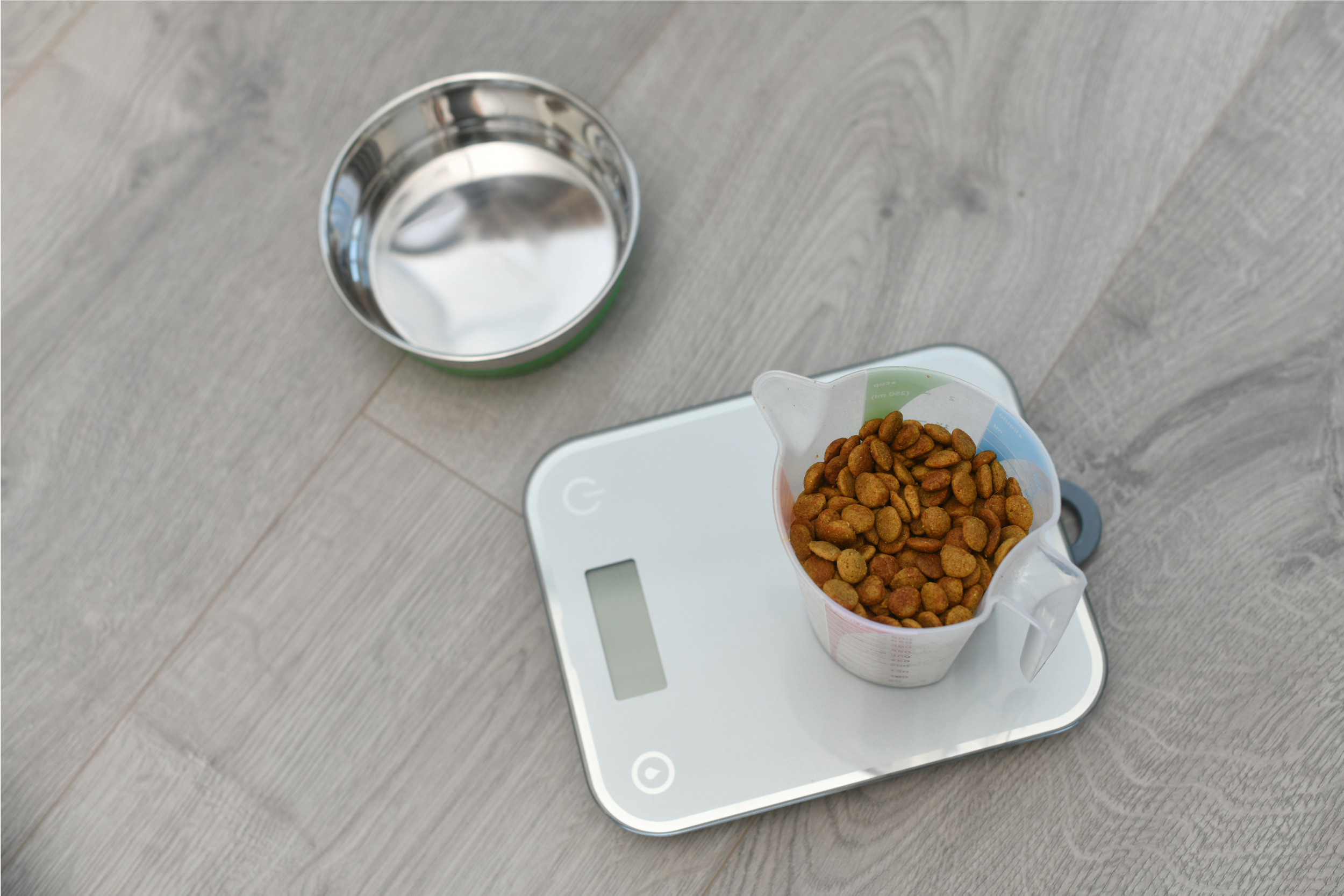
How Long Do Dogs Live? Here’s What to Expect.
How Long Do Dogs Live? Here’s What to Expect.
A dog is never just a pet—they are our best friends, confidants, and our biggest cheerleaders. Even when they get a little mischievous, it’s impossible to stay mad at them, because who can look at a face like that and not smile?
The memories you make with your dog are yours forever, but unfortunately, you can’t control how long you have your dog. Their lifespan is ultimately determined by several different factors such as their lifestyle, diet, breed, and health. By understanding your dog’s lifespan and the factors that affect it, you can potentially prolong your time with them through preventative practices.
Factors Affecting Your Dog’s Lifespan
Let’s take a deep dive into all the factors that affect your pet’s lifespan. By understanding each factor, you’ll be better equipped to give your dog the loving care they deserve.
Preventative Care
While you’ll never be able to guarantee a longer lifespan for your dog, there are ways to give your dog a good life, no matter how long it may be.
Exercise: Dogs love to run, jump, and play. Make sure your dog has enough room to let out their energy and walk them regularly. If your home is small, you may want to consider walking your dog for longer periods of time or more frequently to ensure they aren’t cooped up and unable to expend their energy.
Veterinary Visits: Find a veterinarian you trust. Don’t be afraid to ask questions and gather more information about the typical health risks of your dog’s breed. Veterinarians work with many different dogs and will be able to tell you what you should look out for with your dog’s breed.
You’ll need to find a vet that both you and your dog trust. Here are a few tips for finding the right match:
- Word of mouth: Talk to fellow dog owners (preferably ones that live close by) to gather recommendations for local veterinary clinics.
- Read reviews: If you don’t know other dog owners, try researching veterinary clinics near you and read the reviews left by clients.
- Local is better: If you can, opt for a nearby veterinary clinic. In case of a medical emergency, you’ll be able to get your furry friend help sooner rather than later.
An appointment with your veterinarian can go a long way in preventing illness from sneaking up on you and your dog. Keep your dog’s vaccinations up to date, and if you notice any curious behavioral changes in your dog discuss them with your vet. Unusual behavior can often be a sign that something isn’t quite right.
Dental Health: When we think about our dog’s lifespan, we usually consider the health of their body, but their dental health is also important. One study found that dogs with consistent dental cleanings conducted by a licensed veterinarian tended to lead healthier lives with longer lifespans than dogs without proper dental care. Neglecting your dog’s teeth can lead to periodontal disease, so make sure you don’t forget about their pearly whites.
Small vs Large Dogs
The average lifespan of all dogs is about 10–13 years. One of the most common questions is why small dog breeds tend to live longer than large dog breeds. While factors such as age, breed, and lifestyle all affect your dog’s lifespan, there may be a few reasons why small dogs tend to live longer than large dogs.
While there’s no clear answer, here are a few theories why this seems to be the case.
1. Large dog breeds may grow faster than small breeds and are therefore more likely to experience abnormal cell growth which may result in cancer.
2. Due to their size, small dogs require smaller amounts of medication when they are sick, which may reduce medical costs and make treatment more accessible when they’re ill.
3. If large dog breeds age faster, they may succumb to age-related illnesses faster than small breeds.
Mixed vs Pure Breeds
In one study, researchers “did not find significant differences in lifespan between purebred and mixed breed dogs; however, breeds with larger effective population sizes and/or lower inbreeding coefficients had median survival times 3-6 months longer than breeds with smaller effective population sizes or higher inbreeding coefficients, indicating that these measures of genetic diversity may be affecting breed lifespans.”
While there’s not a crystal-clear case that mixed breeds live longer than pure breeds, researchers believe pure breeds may have shorter lifespans because they are more likely to be inbred, a practice which may compound weak genetic traits or hereditary diseases.
How Long do Small, Medium, and Large Dog Breeds Live?
While many factors contribute to your pet’s longevity, there does seem to be an average lifespan among dog breeds of different size categories.
Small Dogs: Small breeds such as chihuahuas, yorkies, and terriers have an average lifespan of 10–15 years.
Medium-Sized Dogs: Medium-sized breeds such as French bulldogs, border collies, and Australian shepherds typically live 10–13 years.
Large Dogs: Large breeds, ranging from a German shepherd to a giant St. Bernard, tend to live anywhere from 8–12 years.
How to Help Your Dog Live Their Best Life
Previously, we listed some factors that may affect your dog’s lifespan. Additionally, paying attention to your dog’s diet habits can help you nourish their lifestyle and gain insight into their overall well-being.
Diet
Giving your dog a healthy diet goes far beyond just making sure they get fed every day. In recent years, pet obesity has been on the rise, and your dog might be suffering without you knowing.
According to a 2023 survey by the Association for Pet Obesity Prevention (APOP), only 17% of owners acknowledged that their dog was obese, and 84% considered their pet's weight to be healthy. However, when we take a closer look, we see these numbers don’t match up with reality. The APOP conducted a study in 2022 that found 59% of domesticated dogs to be overweight. Unfortunately, most pet parents seem unaware that their dog is on the heavier side.
Obesity can cause serious health problems for your dog and, much like it is with humans, obesity can cause increased insulin resistance and impaired glucose metabolism.
Eating Habits
An appropriate diet for your dog begins at the food bowl, and the best way to avoid overfeeding your furry friend is to monitor their calorie intake and feed them precise portions. Tools like an automatic pet feeder make this easy. It gives you all the resources you need to understand and track your pet’s diet, so you can better determine how to best take care of them.
Another helpful tool is the Pawsync Feeding Calculator, which offers helpful tips on how much to feed your dog based on their breed, weight, lifestyle, age, and more. By feeding your dog the right amount of food, you can feel confident in your skills as an owner and help strengthen the special bond between you and your lovable furball.
Sources:


